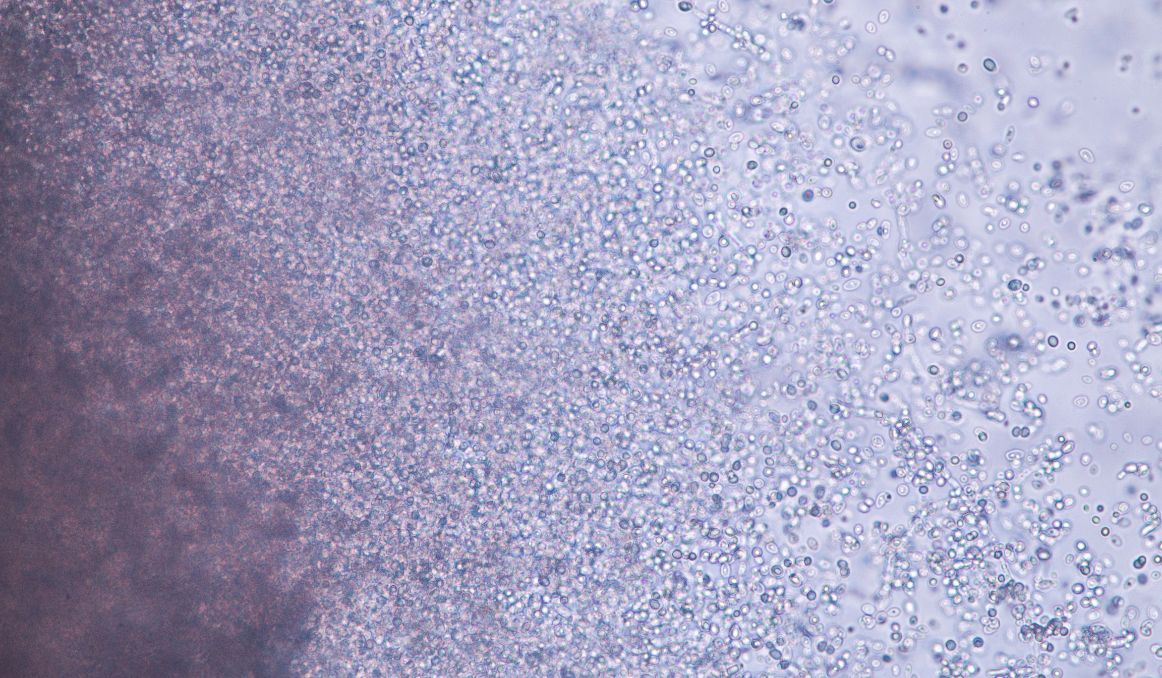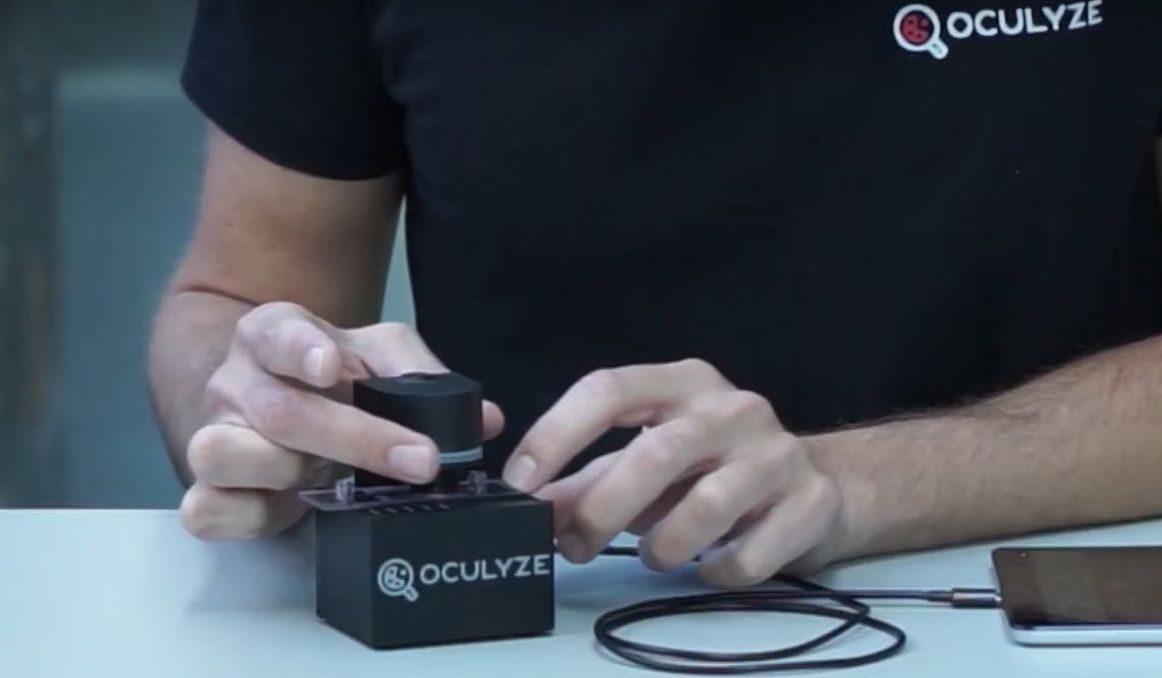What Does Alive Yeast Look Like?
It can be tricky to tell if yeast is alive because when it is not in service of fermentation, it all looks pretty much the same. Dry, it just looks like a grainy powder, and wet, it can come in a clumped or cake form.
But how can you tell if it is alive?
What does alive yeast look like, even?
Well, there are a couple of ways to tell, and it helps to first understand the nature of yeast.

The Nature of Yeast
What is most interesting about the conversation around how to tell if yeast is alive is that yeast is pretty hard to kill.
In fact, in most cases, you have to make a targeted approach to killing yeast.
You see, yeast thrives in most natural environments, and it knows how to avoid dangers to itself.
It is one of the most widespread living organisms on earth, second only to bacteria, which, while more prevalent, is also much smaller, so it takes up less space.
Because yeast is a single celled life form that can reproduce asexually and sexually, and with or without oxygen, like its close cousin the mushroom, it has managed to stay alive and active since pretty much the beginning of time on this planet.
Hard to Kill
As such, yeast has a reputation for being hard to kill, which is why some people get yeast infections, from an imbalance of bacteria and yeast in our bodies.
We naturally have both yeast and bacteria on and in the human body at all times, but too much yeast, and yeast of the wrong type, with a lack of good bacteria to keep it in check, will cause overgrowth and then an infection that must be killed.
This ability of yeast to thrive and reproduce and even overpower bacteria is what makes it so great for fermentation, and the reason we have had such a delightful relationship with yeast for millennia.
Indeed, winemakers merely had to crush grapes and leave the juice out to sit.
Brewers simply roasted, cracked, and boiled grain and left their wort out in the wild.
And bread makers just kneaded their dough and allowed it to sit out in the open.
In each case, yeast attracted to the natural sugars in the ingredients and got to work fermenting, converting the sugars to alcohol and carbon dioxide.
Natural Killers of Yeast
Sometimes, like in the case of yeast infections, we want to kill the yeast.
In those cases, we know there are certain natural killers of yeast.
Yeast cannot survive in heat, which is why you won’t find it in super-hot deserts environments like Death Valley.
It is also why we add yeast after we boil our wort. Otherwise, the boiling would kill the yeast.
The same thing that kills yeast will kill alcohol, which is why we don’t have alcohol in our bread. The baking process “kills” it off.
Heat is the number one killer of yeast.
But other factors that will destroy yeast include things that starve it of both air and the means to make its own energy, like coconut oil or olive oil, which are natural treatments for a yeast infection.
Excessive alcohol will also kill yeast, which is why some brewers or vintners will “fortify” their beer or wine with a distilled spirit, killing off still fermenting yeast and raising the alcohol content to levels it would otherwise not reach.
And of course, antibiotic ingredients like garlic and ginger can kill of yeast in the same ways they kill of bacteria.
Accidental Death of Yeast
Any combination of these factors can kill of your yeast either on its way to your brewery in its packaging or while you are storing it in house.
It could be antifungal forces in the environment, excessive heat, or simply a too cramped storage space for too long a period that won’t allow yeast to undergo its natural processes.
And by the time you get to it, you can’t tell anymore if your yeast is alive or dead, despite packaging promises, expiration dates, or (what you believe to be) proper storage and handling.
But how can you tell?
What does Alive Yeast Look Like?

At first inspection, and second and third, you will not be able to tell.
It just looks like a grainy pile or a cake.
For all intents and purposes, you assume your yeast is alive and well.
But you don’t want to take a chance and pitch it, risking a wasted pitch, wasted time, and the need to grab some more yeast quick so as not to waste a whole batch.
The quickest way to tell if your yeast is alive and well is to throw it into warm water with sugar.
Take 2 ¼ teaspoons of the yeast in your batch and put it into a small bowl with 1/4 cup of water and 1 tsp of sugar.
Within minutes, you should see active bubbling and frothing. That is your yeast getting to work consuming all the sugars it can find.
If within one half hour you don’t see any activity in your bowl, your yeast is dead.
The more lab based scientific way to tell if your yeast is alive is to use a counting chamber, your microscope, and your blue or violet dye.
With this process, you will not only be able to tell if your yeast is alive, but you will also be able to see just how much of your yeast is alive.
All you need to do is to dilute your sample properly (typically in the dye – methylene blue or violet, if you’re doing viability tests), and observe your yeast under microscope. Your live yeast cells will have absorbed and transmuted the violet dye and will show up white as usual. Dead yeast cells do not have this capability, obviously, and so will show up as violet. Count the live yeast cells and the dead yeast cells and calculate the percentage of live cells.
From there on you can also make an accurate pitch rate calculation.
And if counting live cells manually seems like a tedious job (because it is), you can always make a smart investment in an automated yeast cell counter that can also do viability assessments.
Cheers!
If you’re interested in finding out how you can use our technology to check yeast viability, control fermentation, save work hours and improve the cost-efficiency of your business, drop us a line at [email protected] or check out the product pages (for beer or wine):
- Oculyze BB 2.0 (Better Brewing) Yeast Cell Counter App + Hardware
- Oculyze FW (Fermentation Wine) Yeast Cell Counter App + Hardware
Also, you can now get access to a fully functional demo account to test our Web App. Completely free of charge and with no commitment to purchase.
Sources:


